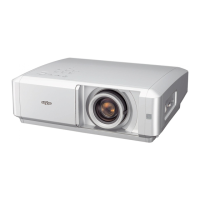MC4-Z500
Diagrams & Drawings (MC4A)
Do not use solder containing lead.
This product has been manufactured using lead-free
solder in order to help preserve the environment.
Because of this, be sure to use lead-free solder when
carrying out repair work, and never use solder contain-
ing lead.
Lead-free solder has a melting point that is 30–40 °C
(86–104 °F) higher than solder containing lead, and
moreover it does not contain lead which attaches easi-
ly to other metals. As a result, it does not melt as easily
as solder containing lead, and soldering will be more
difficult even if the temperature of the soldering iron is
increased.
The extra difficulty in soldering means that soldering
time will increase and damage to the components or the
circuit board may easily occur.
Because of this, you should use a soldering iron and
solder that satisfy the following conditions when carry-
ing out repair work. Also, soldering work must be done
in a short time.
Soldering iron
Use a soldering iron which is 70 W or equivalent, and
which lets you adjust the tip temperature up to 450 °C
(842 °F) It should also have as good temperature recov-
ery characteristics as possible.
Solder
Use solder with the metal content and composition ratio
by weight given in the table below. Do not use solders
which do not meet these conditions.
Note:
If replacing existing solder containing lead with lead-free
solder in the soldered parts of products that have been
manufactured up until now, remove all of the existing sol-
der at those parts before applying the lead-free solder.
Metal content
Tin (Sn) Silver (Ag) Copper (Cu)
Composition
ratio by weight
96.5 % 3.0 % 0.5 %
■ Note on soldering

